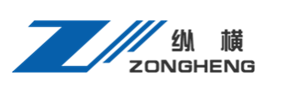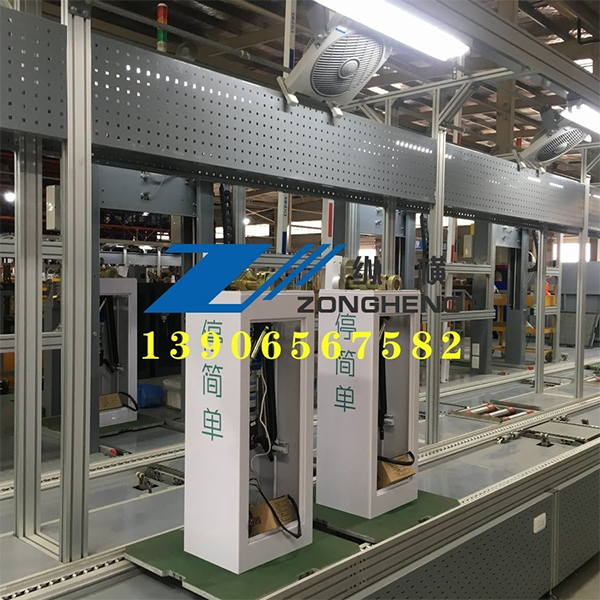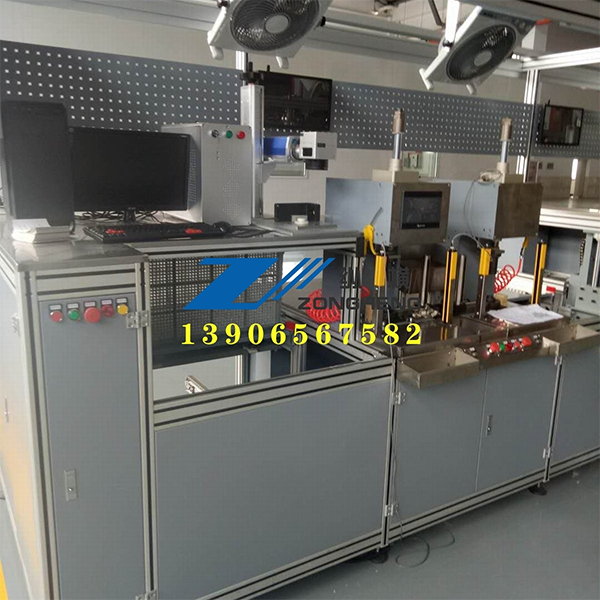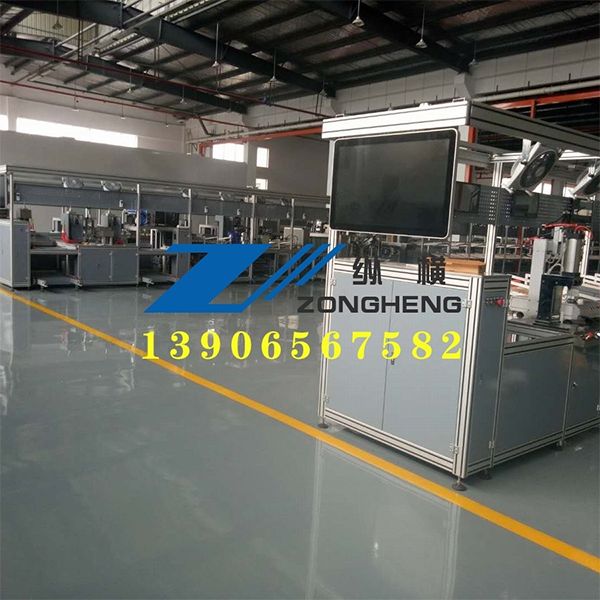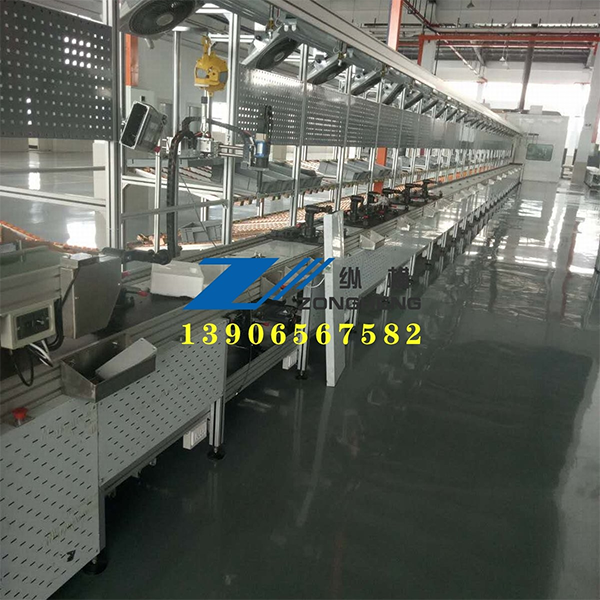What are the configurations of the motorcycle production line
2025-07-16
1. Frame Manufacturing Equipment
Cutting Machine: Used to cut raw materials such as steel pipe, aluminum pipe, etc. to prepare various parts required for the frame. Types include laser cutting machine, plasma cutting machine, sawing machine and so on.
Welding robot: used for automated welding of various parts of the frame to ensure welding quality and consistency. Types include arc welding robots, laser welding robots, spot welding robots, etc.
Tube bender: used to bend steel pipes, aluminum tubes and other materials into the required shape to prepare the frame components. Types include CNC bender, hydraulic bender, roller bender and so on.
2. Engine assembly equipment
Assembly table: used for the assembly of engine parts, including crankshaft, piston, cylinder block, cylinder head, etc.. Types include manual assembly table, semi-automatic assembly table, fully automatic assembly table.
Tightening tools: used to tighten the bolts and nuts of various engine parts to ensure a firm connection. Types include manual torque wrench, electric torque wrench, pneumatic torque wrench and so on.
Testing equipment: Used to test various performance parameters of the engine, including power, torque, emissions and so on. Types include engine test bench, emission tester, vibration tester and so on.
3. Wheel assembly equipment
Rim manufacturing equipment: used for manufacturing wheel rims, including cutting, bending, welding and other processes. Types include cutting machines, bending machines, welding robots and so on.
Tire changer and balancer: used to mount tires on the rim, complete the assembly of the wheel, and test the balance of the wheel.
Testing equipment: used to test the size, balance, concentricity and other parameters of the wheel to ensure the quality of the wheel. Types include wheel balance tester, wheel size tester and so on.
4.Conveying system
Conveyor: used for conveying various parts of motorcycle in the production line and connecting various assembly stations. Types include belt conveyor, chain conveyor, roller conveyor and so on.
Speed Chain Conveyor: also known as self-flow conveyor system, it has good stability and durability and is suitable for continuous production of large quantity products. It is easy to realize the accumulation and release conveying, can be used for assembly line or as material storage and conveying, and can work in various harsh environments (high temperature, dust) with reliable performance.
Return board elevator: It is used for the return and transfer of empty workpiece pallets to realize the recycling of workpieces.
5. Final assembly and testing equipment
Final assembly line: used for the final assembly of motorcycle parts to form a complete motorcycle. The final assembly line can be divided into two types: covered with lighting fan and uncovered; each station of the line is equipped with a gas supply node, and the running speed can be adjusted according to the skillfulness of the workers.
Test bench: It is used to test the performance parameters of the whole car, including brake, light, horn and so on. Types include vehicle test bench, brake tester, light tester, etc.
Debugging equipment: used for final tuning and optimization of the motorcycle to ensure its best performance and driving experience.
6. Auxiliary equipments and systems
Cleaning equipments: Used for cleaning, de-oiling, de-rusting and other pre-treatment processes of the frame, body and other parts. Types include spray washing machine, ultrasonic cleaning machine, acid washing tank, etc.
Spraying equipment: used for surface spraying of frame, body and other parts to provide protection and aesthetic effect.
Logistics equipment: such as forklifts, AGVs (Automated Guided Vehicles), stackers, etc., used for material handling and storage.
Safety protection facilities: such as safety guardrails, safety nets, safety gates, etc., to ensure the safety of operators and equipment.
Electric control system: including distribution cabinet control system, leakage switch, etc., for leakage protection and overall control of the line body.
Management software: such as MES (Manufacturing Execution System), ERP (Enterprise Resource Planning), etc., to improve production management efficiency.
